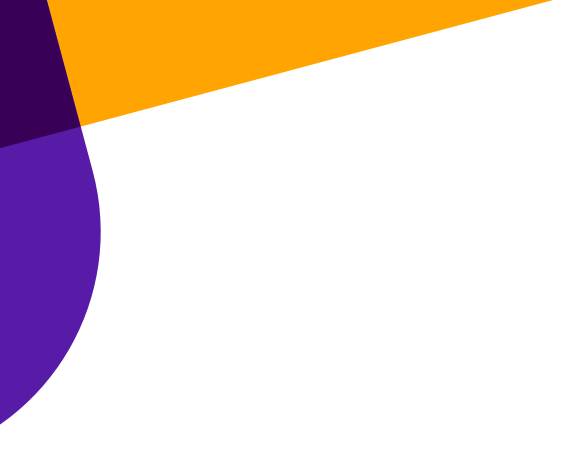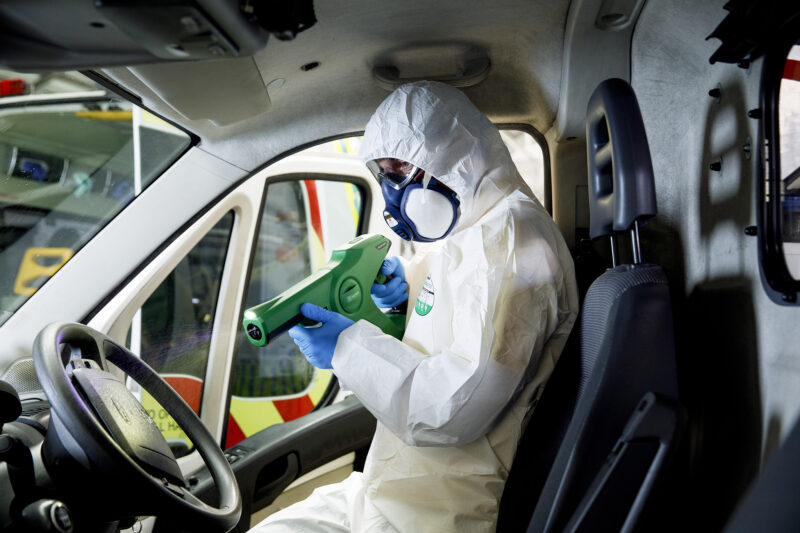


20/04/2021


Our Operations Director, Yvette Wilkins, was featured in the latest edition of our magazine, First Impressions, discussing the ways in which COVID-19 has reshaped the commercial cleaning industry for good.
Our world has been revolutionised by technology, with automation now making its way into our homes, workplaces and absolutely everything in between. Each advancement opens doors to endless new opportunities. We’ve seen the technology used by our smartphones develop into entirely smart homes, and the artificial intelligence that powers driverless cars evolve into ‘no-checkout-required’ grocery stores – true technology of the future.
The cleaning industry is not exempt from this. Innovation is transforming the way in which commercial cleaning services operate, providing fresh insight into brand new standards of cleanliness and hygiene. Those who fail to keep up with the rapid pace of change simply won’t find themselves on a level playing field to their competitors. So, what changes should they expect to see?
The rise of robotics and new, innovative systems and programmes are driving optimum efficiency and hygiene to even higher standards. Traditional floor mops, for example, are now being replaced with robotic scrubber dryers, which can carry out tasks much more efficiently, reduce water consumption and reach unparalleled levels of cleanliness and hygiene. Unlike the former, scrubber dryers enable dirt, pathogens and bacteria to be removed from the surface entirely.
However, automation is certainly not replacing the role of the cleaner – combined with their visible presence and expertise, technology is strengthening cleaners’ offering. We’ve witnessed significant investment into software too, enabling more efficient scheduling, easier employee management and effective storage of auditing and inspection data.
There have been huge advances in air purification, and organisations must recognise the significant impact indoor air quality (IAQ) has on employee wellbeing. Indoors, there are several air pollutants that can have a profound negative impact on our health, from carbon monoxide, carbon dioxide, radon and volatile organic compounds, to mould and excess humidity. Particulate matter, which may be produced by cleaning, exhalation and the shedding of dust, is a particularly serious problem. It is most likely to cause harm when found in its smallest form, which includes some types of dust, bacteria and viruses, as it can penetrate deep into the bloodstream and organs.
Businesses have a responsibility to prevent the risk of sickness as resulting from poor IAQ, and there are number of ways in which they can continually measure it. Importantly, it’s always recommended that experts carry out full analysis of the results. IAQ can be drastically improved by better ventilation, but outdoor air pollutants must also be filtered out by powerful ventilation and air conditioning equipment. Indoor pollutants, such as paint or cleaning products, should always be tested and certified for their pollutant capability.
As the difference between cleanliness and hygiene is now better understood, businesses are becoming increasingly aware of the accountability they hold for keeping their workforce happy and healthy.
A study conducted by Dr. Charles Gerba, from the University of Arizona, found that implementing stricter hygiene measures in the workplace can reduce the probability of catching the flu or common cold by up to 80 per cent, as well as reduce the number of surfaces contaminated by viruses by 62 per cent. As a result, this can drastically reduce staff sickness and the associated productivity loss.
Productivity will continue to be measured in totally new ways, with much more emphasis being placed on measuring infection rates and other KPIs. If businesses actively monitor this rate, working towards pre-agreed targets, they can significantly reduce the likelihood of sickness spreading in the workplace. In recent months, several of our clients have expressed an interest in working towards such KPIs, using technology such as ATP detection meters, for example, to measure bacteria prevalence by recognising and analysing microbes in as little as fifteen seconds.
With better access to the technologies which monitor the prevalence of bacteria and pathogens, as well as the data determining the resulting potential productivity loss, there’s no excuse for letting hygiene standards fall post-pandemic. Those businesses that are implementing the latest innovative technologies and are continually investing in state-of-the-art machinery will be the ones who see their organisations not only survive but thrive.
For more brilliant insights from our team on the frontline, interviews with cutting edge suppliers, commercial cleaning industry trends and answers to all your burning cleaning for business questions, download the full magazine for free here.